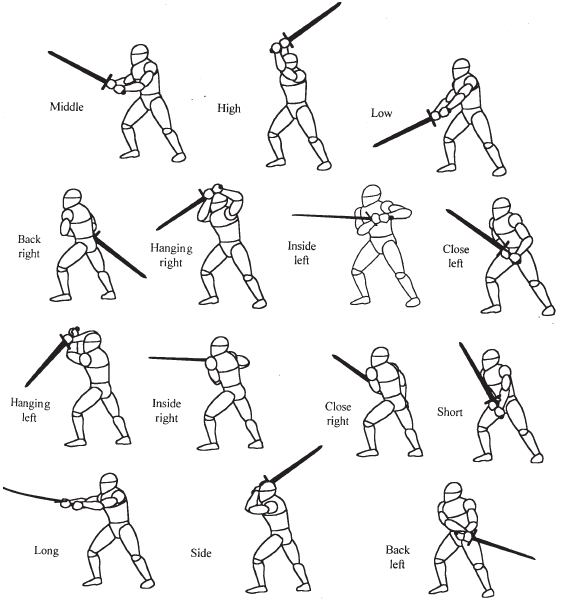In Nidhogg, the sword stances—high, middle, and low—are pivotal to mastering combat, each offering unique advantages and strategic opportunities that cater to different offensive and defensive scenarios.
Sword Stances Overview
1. High Stance
– Purpose: The high stance is primarily designed to counter aerial or overhead threats, making it a crucial defensive posture against high jumps and attacks that come from above.
– Defensive Strengths: It effectively blocks high-angle jumps and can even prevent an opponent from descending onto you, particularly during close-range confrontations. Additionally, it provides a defense against sword throws, automatically deflecting blades aimed at the middle or high position.
– When to Use: Opt for high stance when you anticipate vertical attacks or are preparing to counter high jumps or deflect thrown swords.
2. Middle Stance
– Purpose: Serving as the default stance, the middle position balances attack and defense effectively. It facilitates straightforward thrusts that are versatile for various scenarios.
– Versatility: Middle stance thrusts provide excellent reach and speed, making it suitable for both offensive strikes and defensive parries. It is a reliable stance for players looking to maintain adaptability in combat.
– When to Use: Use the middle stance as your go-to position during exchanges, where a mix of attack and defense is necessary. It is ideal for general encounters due to its balance.
3. Low Stance
– Purpose: The low stance is critical for defending against attacks aimed at the lower regions, such as leg sweeps or low strikes.
– Defensive Focus: This stance requires caution; while it is effective against low-level threats, high or middle attacks can easily overwhelm it. However, it offers control during close-range combat and allows players to threaten or counter with their own sweeps.
– When to Use: Deploy low stance when facing an opponent likely to strike low, or when you intend to execute a sweep or respond to low attacks.
Tactical Application of Stances
The effectiveness of the stance system in Nidhogg is enhanced through directional inputs, granting players a range of tactical maneuvers that include leg sweeps, throws, divekicks, and disarming techniques. Mastery of these stances involves not just knowing when to use them but also transitioning between them fluidly to adapt to an opponent’s actions. This dynamic approach is essential in achieving victory in fast-paced duels, where timing and positioning are key.
Conclusion
To sum up, understanding when and how to employ each sword stance—high, middle, and low—is imperative for succeeding in Nidhogg’s combat arena. By anticipating an opponent’s attacks and adjusting your stance accordingly, you can create a strategic advantage, allowing for both effective defense and potent offensive strikes. Mastery of the stance system, combined with the game’s unique tactical framework, can lead to dominant performance in the lethal duels that Nidhogg presents.






Leave a Reply